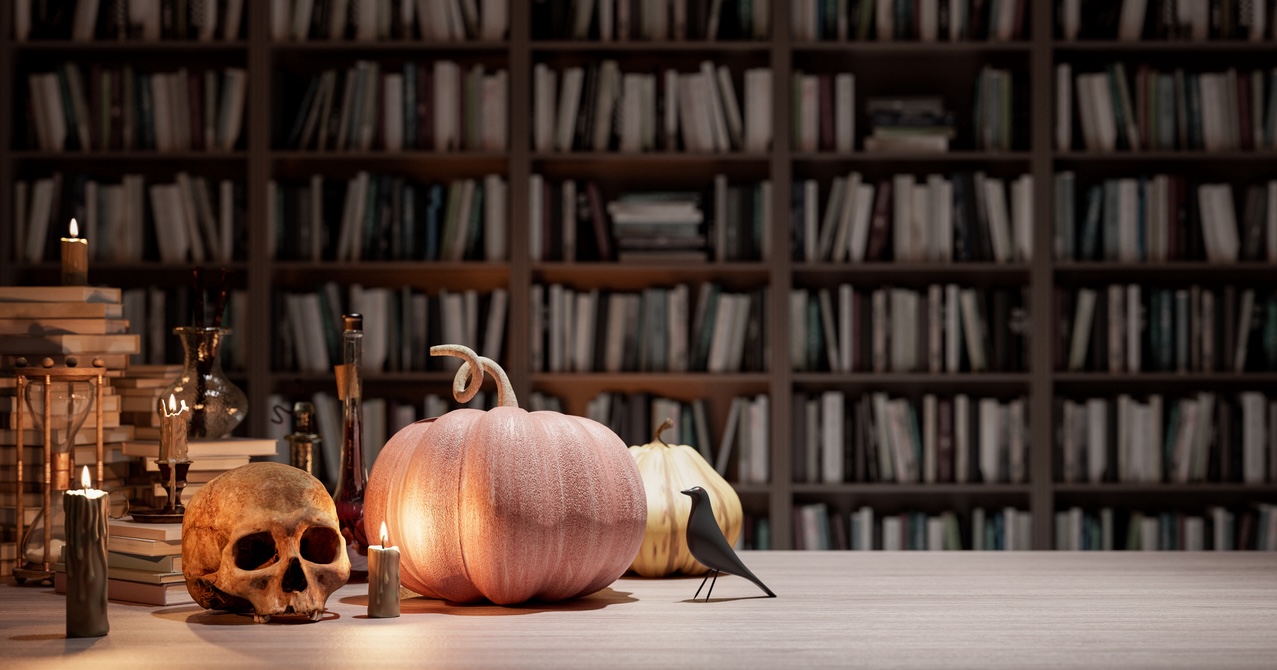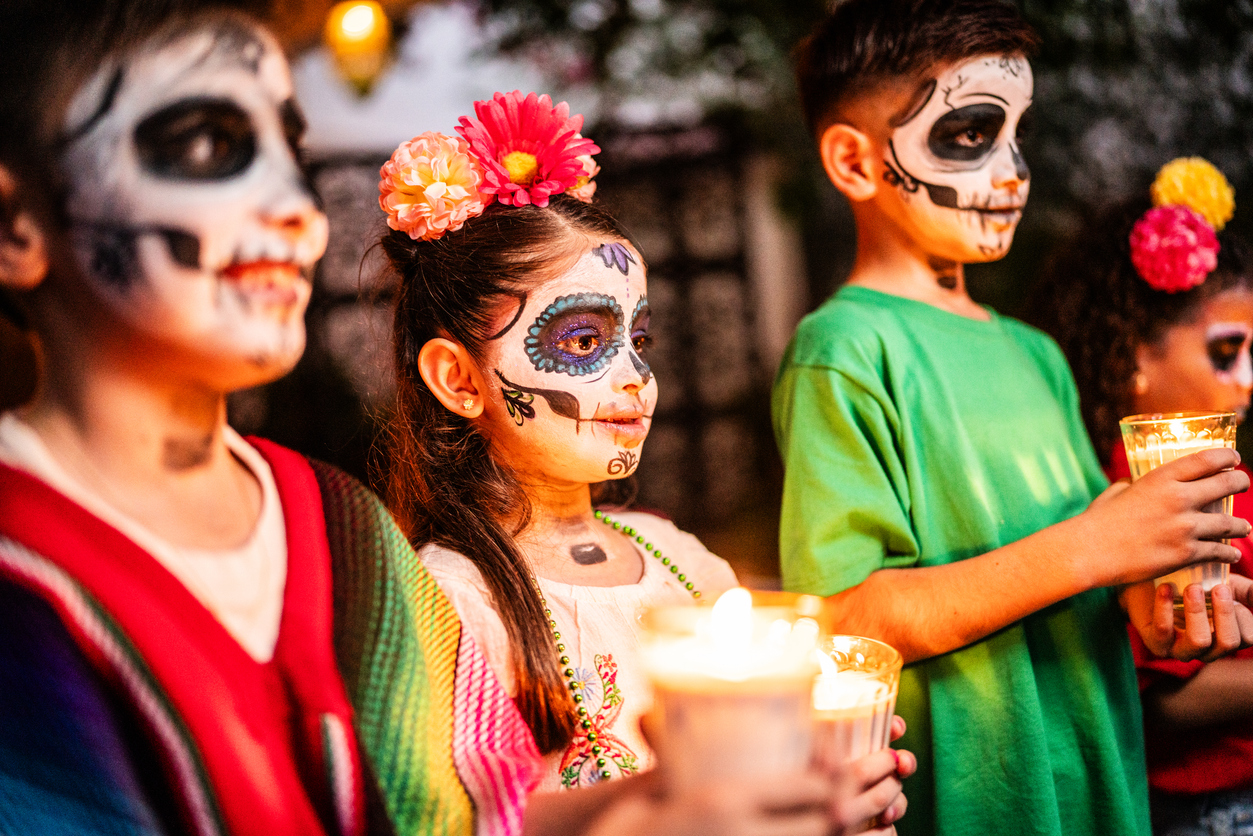
Halloween is a time of costumes, candy, and spooky decorations, but its origins and history are rich with fascinating facts that can enhance students’ understanding of this beloved holiday. As educators, incorporating historical Halloween facts into lessons not only makes learning fun but also helps students develop a deeper appreciation for cultural traditions. Here are some engaging historical Halloween facts and ideas on how to bring them into the elementary classroom.
1. The Origins of Halloween
Halloween’s roots can be traced back over 2,000 years to the ancient Celtic festival of Samhain (pronounced “sow-in”). The Celts lived in what is now Ireland, the United Kingdom, and northern France. They celebrated their new year on November 1, marking the end of summer and the harvest, and the beginning of winter, which was associated with death.
Classroom Activity
Introduce students to the concept of ancient festivals by discussing the significance of Samhain. Create a timeline on the wall of the classroom to show how Halloween evolved from Samhain to present day. Students can add drawings or facts about the festival, such as bonfires and costumes, which were believed to ward off ghosts.
2. The Name “Halloween”
The name “Halloween” comes from “All Hallows’ Eve,” which is the evening before All Saints’ Day, a Christian holiday celebrated on November 1. The term “hallow” means “holy” or “sanctified,” which ties back to the holiday’s origins as a time to honor saints and martyrs.
Classroom Activity
Have students create a word map illustrating the connections between Halloween, All Hallows’ Eve, and the themes of holiness and remembrance. They can brainstorm words and images associated with Halloween, including costumes, treats, and traditions, highlighting the contrast between the celebratory aspects and its historical roots.

3. Jack O’ Lanterns
The tradition of carving pumpkins into Jack O’ Lanterns originates from an Irish myth about a man named Stingy Jack. According to the legend, Jack tricked the devil multiple times and was doomed to wander the earth with only a carved-out turnip to light his way. When Irish immigrants came to America, they discovered that pumpkins were much easier to carve than turnips, leading to the modern tradition of pumpkin carving.
Classroom Activity
After sharing the myth of Stingy Jack, organize a creative pumpkin-decorating session. Students can design their own Jack O’ Lanterns (real or crafted from paper) and share their unique stories behind their designs. This combines art with storytelling, tapping into their creativity while reinforcing the history of the tradition.
4. Trick-or-Treating
The tradition of trick-or-treating has origins in medieval Europe, where poor people would go door-to-door on All Hallows’ Eve, asking for food in exchange for prayers for the dead. This practice was known as “souling.” Over time, it evolved into the modern custom of children dressing in costumes and going door-to-door for candy.
Classroom Activity
Discuss the concept of “souling” and its transformation into trick-or-treating. Have students write a short essay or create a poster about what they would offer as a “treat” if they were part of that historical practice, fostering empathy and creativity as they think about helping others.

5. Halloween Around the World
While Halloween is commonly celebrated in the United States, many other cultures have their own unique celebrations that occur around the same time of year, such as Día de los Muertos in Mexico and the Hungry Ghost Festival in China. These celebrations honor the deceased and reflect diverse cultural beliefs about life and death.
Classroom Activity
Organize a “Halloween Around the World” day where students can research and present on how different cultures celebrate this time of year. They can create a world map marking the various traditions, and even share related snacks or crafts from those cultures. This enriches students’ understanding of global diversity and cultural practices.
6. The Color Orange and Black
The traditional colors of Halloween—orange and black—hold significant meaning. Orange is representative of autumn, harvest, and the changing of the seasons, while black symbolizes darkness, death, and the unknown.
Classroom Activity
Create a color analysis project where students explore the significance of different colors associated with Halloween. They can create art projects or collages using orange and black, explaining what these colors represent in both Halloween and the broader context of autumn.
7. Historical Figures and Halloween
Many historical figures have connections to Halloween. For instance, the famous playwright William Shakespeare often referenced Halloween-like themes of ghosts and supernatural occurrences in his works. Similarly, Edgar Allan Poe’s macabre tales fit perfectly with the spooky vibes of the season.
Classroom Activity
Introduce students to select works of these authors and have them create their own short spooky tales or poems inspired by the style of Shakespeare or Poe. This enhances their understanding of literary elements while connecting history and literature to the festive season.
Incorporating historical Halloween facts into the elementary classroom not only makes for an enriching learning experience but also engages students in understanding the origins and evolution of this holiday. By exploring topics such as the origins of Halloween, the story of Jack O’ Lanterns, and global celebrations, students can appreciate the holiday beyond costumes and candy. Using creative activities tied to these historical facts fosters critical thinking and promotes cultural awareness, making Halloween an exciting and educational time for students.
Want a social studies curriculum made for elementary students?
Sign up for a free trial of Young Citizens
Monet Hendricks is the blog editor and meme connoisseur for Social Studies School Service. Passionate about the field of education, she earned her BA from the University of Southern California before deciding to go back to get her Master’s degree in Educational Psychology. She attended the graduate program at Azusa Pacific University pursuing her post-grad Educational Specialist degree in School Psychology and Applied Behavior Analysis and currently works as a School Psychologist in Los Angeles, CA. Her favorite activities include traveling, watching documentaries on mental health, and cooking adventurous vegetarian recipes.
